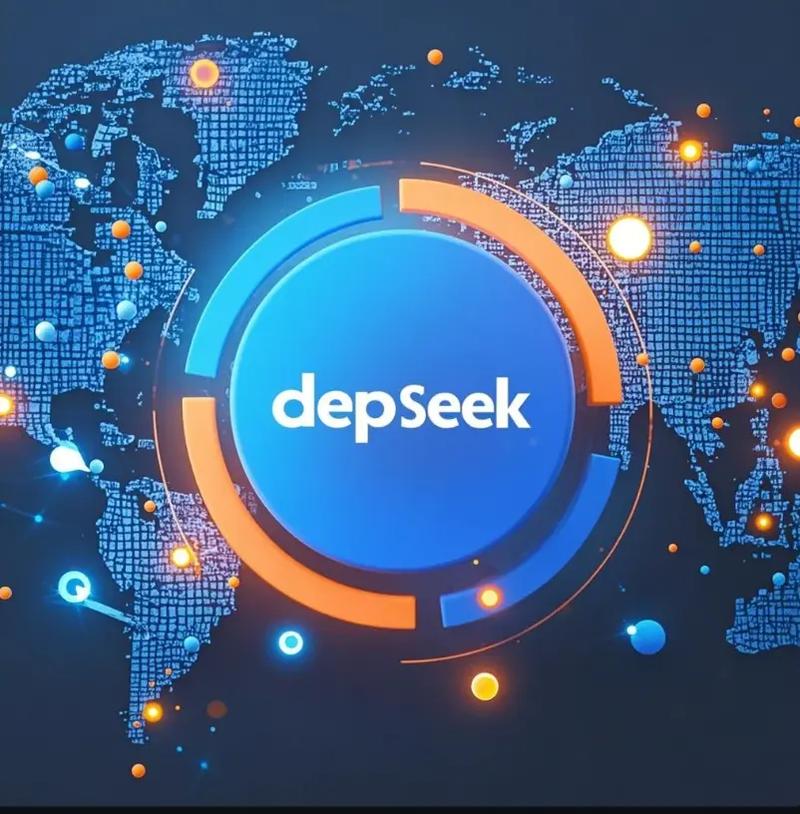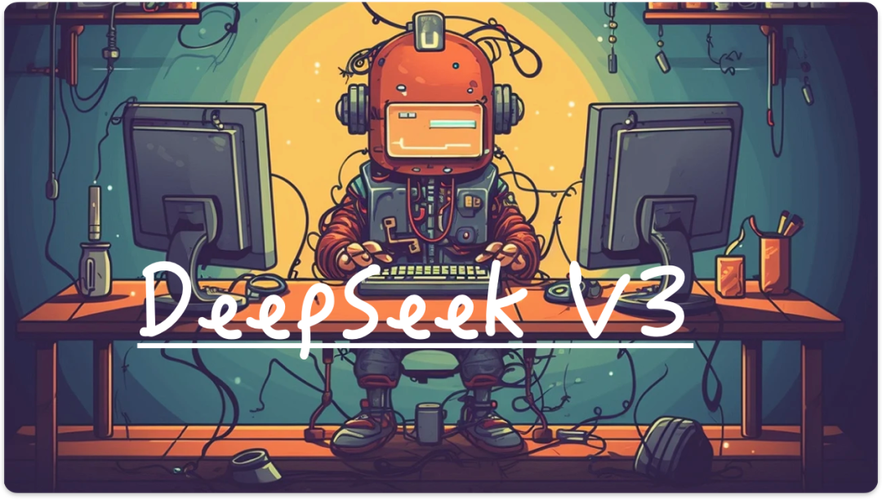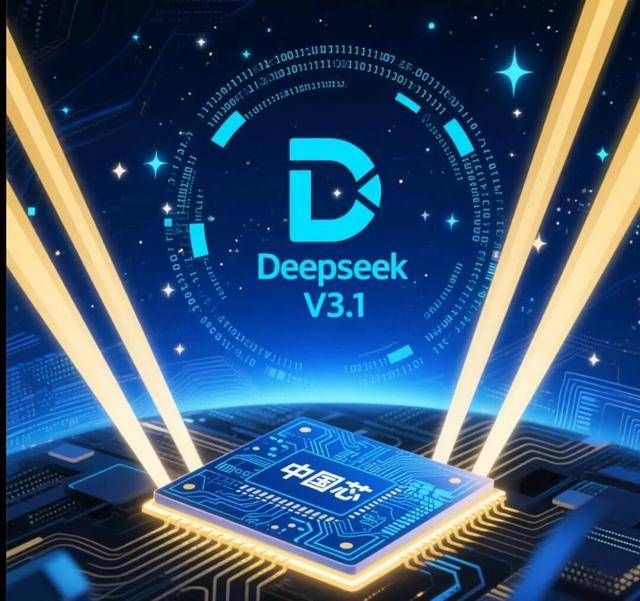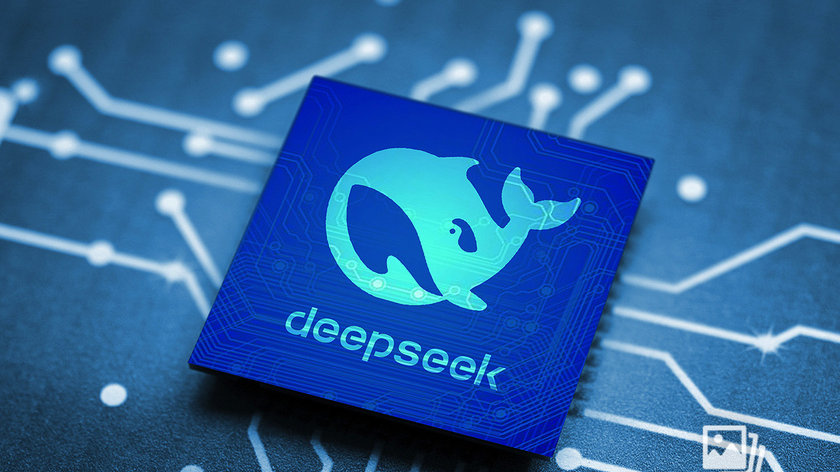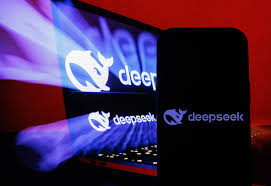DeepSeek API vs OpenAI API: 2025 Pricing Breakdown and Value Analysis
roduction
With increasing concerns about data privacy, latency, and AI censorship, running large language models like DeepSeek R1 offline has become an appealing solution for researchers, developers, and businesses. DeepSeek R1, with its 671 billion parameters and Mixture-of-Experts (MoE) architecture, is designed for high efficiency and cost-effective inference — making it a top choice for those seeking an open-weight alternative to GPT-4.
This comprehensive guide will walk you through everything you need to run DeepSeek R1 locally or on-premise: from understanding hardware requirements, downloading and setting up the model, to optimizing inference and cost.
Why Run DeepSeek R1 Offline?
🛡️ Privacy
No data leaves your local environment.
Sensitive enterprise or medical data can be processed securely.
⚡ Speed
Reduced API latency.
Faster response time with no dependency on external networks.
💸 Cost Control
Avoid API costs that scale with token usage.
More predictable infrastructure expenses.
🔓 Customization
Full control over model tuning and parameter modification.
Fine-tune on proprietary datasets.
Understanding the Model: DeepSeek R1
Parameters: 671B total / 37B active per token (Mixture of Experts)
Context Length: 128K tokens
Architecture: Transformer-based with MoE routing
Format: Available on Hugging Face, GitHub, and DeepSeek Cloud
Use Cases: NLP, code generation, multilingual chat, legal reasoning
Hardware Requirements
🔧 Minimum Configuration (Basic Experimentation)
| Component | Spec |
|---|---|
| GPU | 1× NVIDIA A100 80GB (or 2× RTX 3090 24GB with quantization) |
| RAM | 128GB |
| CPU | AMD Ryzen 9 or Intel Xeon (16+ threads) |
| Storage | 2TB NVMe SSD (model weights + cache) |
| OS | Ubuntu 20.04 / 22.04 LTS preferred |
💪 Recommended Configuration (Production-Grade)
| Component | Spec |
| GPU | 2× NVIDIA H100 (80GB) or 4× A100 40GB |
| RAM | 256–512GB |
| Storage | 4TB+ NVMe SSD |
| Inference Engine | vLLM or FasterTransformer |
💡 Power Requirements
Expect ~350W per A100 GPU under full load.
Use a 1.2kW+ PSU and stable cooling for multi-GPU setups.
Downloading DeepSeek R1
Step-by-Step:
Install Git and Python
sudo apt update && sudo apt install git python3 python3-venv
Clone the repository
git clone https://github.com/deepseek-ai/DeepSeek-R1.git
Create a virtual environment
cd DeepSeek-R1 python3 -m venv venv && source venv/bin/activate
Install dependencies
pip install -r requirements.txt
Download model weights
From Hugging Face: https://huggingface.co/deepseek-ai/DeepSeek-R1
Ensure authentication and acceptance of licensing terms
Configure MoE Engine
Use vLLM or DeepSpeed-MoE with config.yaml provided in repo
Model Optimization Options
🔢 Quantization
Int8/Int4 quantization significantly reduces memory usage
Tools:
bitsandbytes,AutoGPTQ,Optimum Intel
⚙️ Model Parallelism
Distribute layers across GPUs
Use DeepSpeed, HuggingFace Accelerate, or FSDP (Fully Sharded Data Parallel)
🧠 LoRA Fine-Tuning
Enables low-rank adaptation on smaller GPUs
Useful for domain-specific customization (e.g., finance, medicine)
Running Inference
Using HuggingFace Transformers
from transformers import AutoTokenizer, AutoModelForCausalLM
model = AutoModelForCausalLM.from_pretrained("deepseek-ai/DeepSeek-R1", device_map="auto")
tokenizer = AutoTokenizer.from_pretrained("deepseek-ai/DeepSeek-R1")
input_text = "Explain how gravity affects time."
input_ids = tokenizer(input_text, return_tensors="pt").input_ids
output = model.generate(input_ids, max_new_tokens=200)
print(tokenizer.decode(output[0], skip_special_tokens=True))
Using vLLM for High Performance
Install vLLM:
pip install vllmRun:
python3 -m vllm.entrypoints.openai.api_server --model deepseek-ai/DeepSeek-R1
Use Cases & Deployment
Enterprise Use Cases
| Use Case | Description |
| Legal Analysis | Securely analyze contracts locally |
| Healthcare NLP | Medical records summarization |
| Education | LMS integration for essay feedback |
| Government | On-premise chatbot for public services |
Deployment Modes
🖥️ Edge Computing: On-device inference with quantized model
☁️ Hybrid Cloud: Mix of local + cloud API fallback
🛠️ Research Environments: Academic labs with custom datasets
Best Practices
Cooling & Power: Monitor GPU temps; use efficient thermal paste and airflow
Data Security: Isolate model inference containers from internet-facing services
Cache Management: Enable KV-cache reuse to speed up repeated queries
Logging: Monitor token usage, error logs, and user prompts
Troubleshooting
| Issue | Fix |
| Model too large to load | Use quantized version or distributed inference |
| CUDA out of memory | Reduce batch size or use CPU fallback |
| Model outputs garbage | Check tokenizer compatibility and model config |
| Slow inference | Enable KV cache and ensure GPU drivers are optimized |
Future Proofing
Updates Coming in 2025:
OpenMoE support for dynamic routing
Built-in plugin framework for DeepSeek apps
Visual inference interface with drag-and-drop prompts
Conclusion
Running DeepSeek R1 offline offers organizations and individuals full control over AI workloads. From safeguarding data privacy to enabling domain-specific fine-tuning, DeepSeek R1 empowers users to harness state-of-the-art AI capabilities without recurring API costs.
Whether you're building enterprise-grade applications or conducting AI research, this guide equips you with the knowledge to deploy DeepSeek R1 effectively and responsibly in your environment.
"DeepSeek R1 proves that cutting-edge AI doesn’t need to live solely in the cloud—it can thrive on your desktop, GPU cluster, or private data center."

